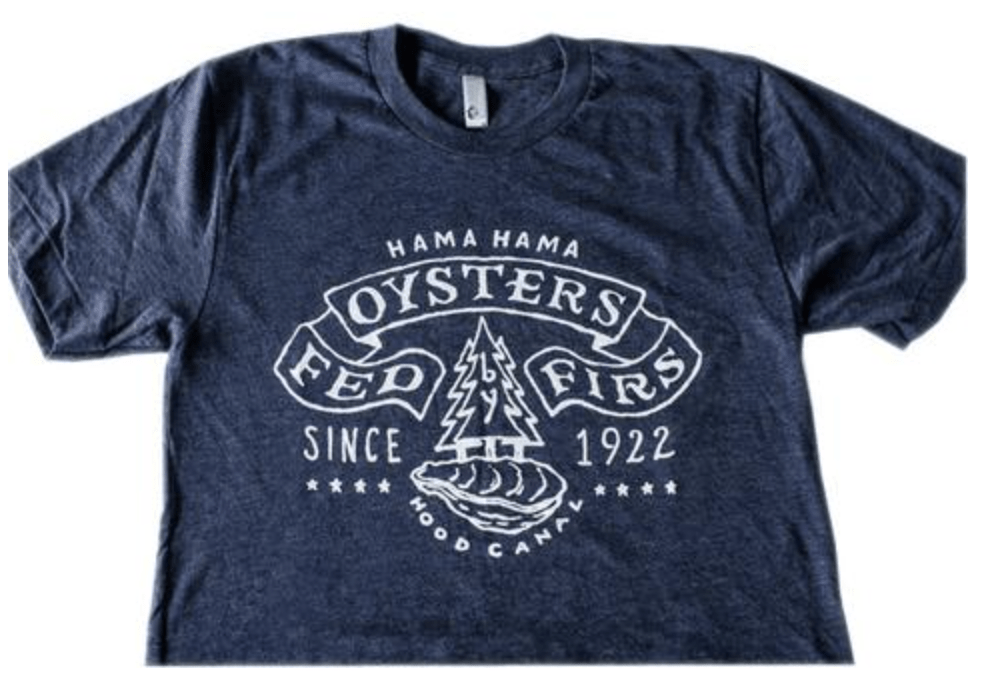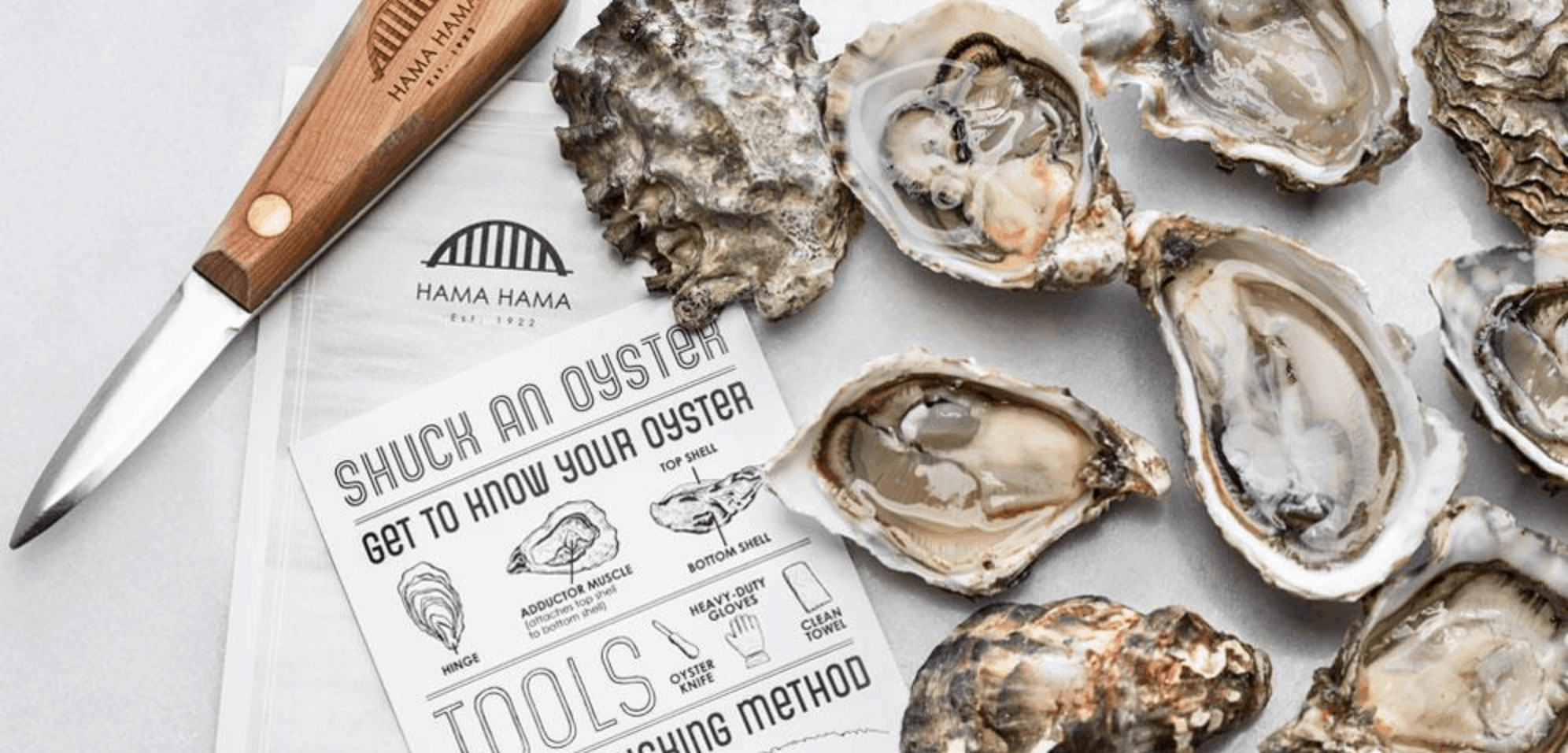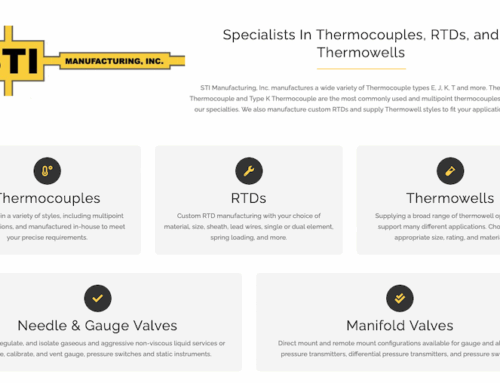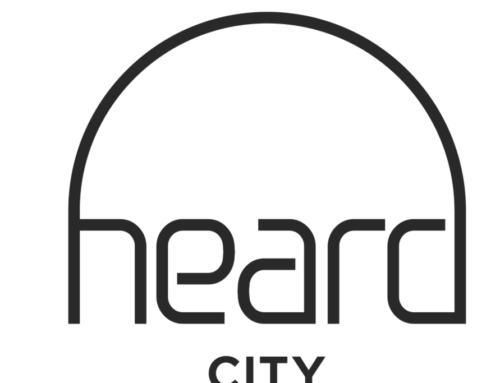Oyster Farm Nets Hefty Harvest by Linking Inventory & Accounting Systems
FileMaker Pro/QuickBooks Integration Spawns a Sea Change of Efficiency
Just as the soils of Napa Valley bestow the ideal wine-making grapes, the waters of Washington’s glacier-carved Hood Canal are idyllic for oyster farming. Here, the Hama Hama Co. raises its famous beach-cultured Hama Hama oysters and tumble-farmed Blue Pool oysters. These briny bivalve mollusks are enjoyed locally but also find their way to chefs in Los Angeles, Chicago and New York. Hama Hama also offers doorstep delivery to households across the U.S.
To ensure its perishable product moves promptly from harvest to table, Hama Hama relies on FileMaker Pro for inventory and sales tracking. While this app efficiently manages the comings and goings of the oysters, it’s been a hassle on the accounting end. For years, the orders have been entered into FileMaker Pro by the sales team, then re-entered into QuickBooks by the accounting team. Fed up with the process, Hama Hama asked eXcelisys to work a little FileMaker Pro/QuickBooks integration magic to link the two systems. “We’re a very small company so the duplication of effort is rough on us,” said Hama Hama Finance and Sustainability Director Tiffany Waters.
Waters reports that the FileMaker Pro/QuickBooks integration is nearly complete. Hama Hama can now push “invoice data” from FileMaker Pro to QuickBooks, though there’s still some fine-tuning going on. “It’s a lot of work on the front end, but this will save us a ridiculous amount of time. The accounting clerk was spending one to two hours a day, three days a week, entering invoices.” When the integration project reaches completion Waters estimates that invoicing will take only a few minutes each day.
Family Business Thrives on Timberlands, Tide Flats
Before FileMaker Pro, QuickBooks and website ordering, Hama Hama had a humble beginning. “We’re a fifth-generation timber and oyster farm,” said Waters, noting the business set down roots in the late 1800s, then incorporated as the Hama Hama Logging Company in 1922. In the mid-1950s, the harvest lineup expanded to include oysters and clams from the Hood Canal.
The company takes its name from the Hamma Hamma River, a name derived from the Twana language and rumored to translate roughly to “stinky stinky” (think salmon runs). Rising near Mount Washington, the Hamma Hamma glides down the mossy, eastern slopes of the Olympic Mountains. Reaching the base, the river dumps its gravelly, glacial-fed waters into the Hood Canal, creating a tidal flat that serves as the perfect coldwater incubator for oysters.
As for taste, the canal delivers. Like fine wine, oysters are geographic. As filter feeders, they eat by straining food particles from the water around them. Local aquatic conditions — like salinity, tidal flow and phytoplankton species — give oysters their own regional flavor idiosyncrasies. Hama Hama, therefore, works hard to protect its turf.

FileMaker Pro/QuickBooks Link-up Delivers Integration Emancipation
In addition to focusing on environmental stewardship with its land and water, Hama Hama must also concentrate its efforts indoors on its business management system. To keep the operation flowing, Hama Hama uses QuickBooks — for accounting — and FileMaker Pro — for inventory/sales and to track the chain of custody for its shellfish. To meet regulations, Hama Hama must document data such as the location of origin, the water temperature where the shellfish are harvested, and so forth.
But the FileMaker/QuickBooks arrangement required duplicate data entry with order information added to each system separately. Seeking to streamline the process, Hama Hama sought help from eXcelisys, the QuickBooks integration specialists. Simply put, Hama Hama needed both systems to talk to each other so the order information could be entered (once!) in FileMaker Pro and pushed to QuickBooks for invoicing.
eXcelisys Senior Developer Ken Moorhead spearheaded the FileMaker Pro/QuickBooks integration project, which involved laying a pathway for moving data between the two apps. Moorhead said the first task was to build out the customer list. To do this, he needed to synchronize the systems so when an order was entered into FileMaker and sent to QuickBooks, QuickBooks would know which customer FileMaker Pro was talking about. QuickBooks gives each customer its own ID. To complete the process, Moorhead had to find each unique QuickBooks customer ID and link it to that customer in FileMaker Pro.
But that was only the start of the process. The integration involved linking up lots of fragile text strings so FileMaker Pro and QuickBooks could communicate. Consider an order for 3 dozen “trucker” sized Hama Hama oysters. The order is entered into the FileMaker Pro database, then pushed to QuickBooks. To build the invoice appropriately, QuickBooks needs to recognize the data from FileMaker Pro — the specific item purchased, the quantity, the size, and so forth.
With all of the products, sizes and packing options, there were a lot of text strings (data) to match between the two apps. In addition, Hama Hama rolls shipping prices into the cost per dozen, so QuickBooks needed to find the appropriate price list for each customer based on its location. “It is amazing,” said Waters, “the amount of detail that goes into this in making sure things are accurate — to ensure that when we enter something into the FileMaker Pro database it will get into QuickBooks.”
For a QuickBooks integration specialist like Moorhead, the hunt-and-peck process seemed routine.
“Once you get the data points lined up to the customer’s workflow, it’s actually relatively easy. But integration is never cookie cutter. Every customer — every accountant on the planet — has a slightly different way of doing things. It’s always a slow process; there’s a lot of data to pick through.” ~ eXcelisys developer Ken Moorhead
Hidden Pearls
Over the course of the FileMaker Pro/QuickBooks integration project, Waters has been pleased with eXcelisys and Moorhead’s software integration services. “Ken [Moorhead] is really great to work with,” said Waters, noting he responds quickly to queries and is always willing to get on the phone to clear up an issue efficiently instead of sending endless emails back and forth to pin down the specifics of a problem. “It’s great to work with a company that recognizes, ‘Hey, we’ve hit our limit with email. Let’s talk.’”
While anyone can enjoy Hama Hama oysters through overnight delivery, Waters urges people to visit the Olympic Peninsula and enjoy them freshly shucked at the Hama Hama Oyster Saloon at the company headquarters in Lilliwaup, Washington. “We are two hours from Seattle,” she said, noting the peninsula has plenty of hikes and rivers to explore. “There are a lot of amazing, beautiful things to see out here.”
 The Hama Hama Oyster Saloon offers an oyster-heavy menu, allowing visitors to enjoy oysters just a few hundred yards from where they are harvested.
The Hama Hama Oyster Saloon offers an oyster-heavy menu, allowing visitors to enjoy oysters just a few hundred yards from where they are harvested.
 Hama Hama runs a farm store, which sells fresh oysters and clams and other local products like ice cream, cheese, grass-fed beef and chocolate (photos courtesy of Hama Hama).
Hama Hama runs a farm store, which sells fresh oysters and clams and other local products like ice cream, cheese, grass-fed beef and chocolate (photos courtesy of Hama Hama).To read about another eXcelisys solution benefiting food producers, click here.









Leave A Comment